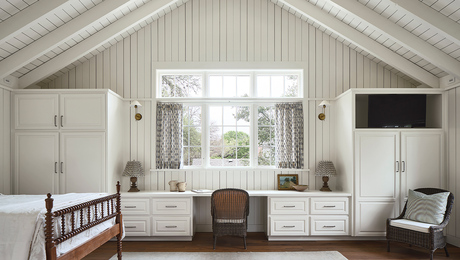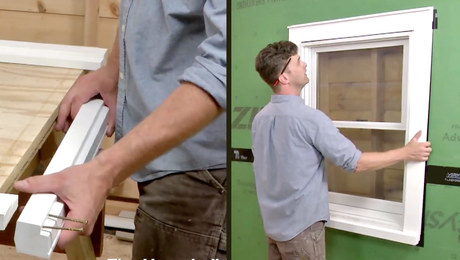Applying lap siding in the 21st century?
I have a 60+ year old house in Arkansas and I have been working on it trying to fix it up. I’m going to get the latest issue about windows as they need replacing. But, my question is “how is wood siding applied now?”. Sound like a dumb question, but I figured that there must be some advancement in technique from how it was done on my house. I have a 7″ exposure, lap boards. They are face nailed with 2 8d or 10d nails per stud. The board ends were butt jointed to window trim boards and corner trim boards. This made for a nice crack that water run into and in some places rotted the lower corners. There was old dried up caulk that filled these cracks but, you know how that goes.
I will probably try to replace the old wood siding boards with new ones, if still available. This was a common siding type and I bought some about 15 years ago. So, I hope it’s still around. I can’t find any vinyl or metal that looks the same.
Anyway. I figured that the ends of these boards, such as at a corner, would be better off if they were covered by the corner trim instead of butting up to it. I was also told of a “ring” nail. And that these ring nails don’t pull out like mine do. Most of the nails on my siding as pulled out enough to break the paint surface. Some have pushed out further.
So, I would like to hear, or be pointed to information on how to install horizontal wood siding using 21st century techniques. Surely there has been things learned about it in the last hundred years.



















Replies
Yeah, "ring-shank" or "annular ringed" nails have little ridges running in rings around the shank of the nail and these help prevent the withdrawl of the nail. Other things that seem to make nails hold better are spiral shanks (almost like screw threads) and cement coated where the cement heats and melts as the nail is driven and then holds the nail when it sets. Guess the main thing I've heard that wasn't usually done in the past is to prime all sides and edges of the boards. Lots of builders favor using building paper under the siding. Flash window and door openings--use self-adhesive flashing like that used on roof edges.
Stainless teel siding nails are ringed and have smaller than average heads and they don't pull, out, or stain the wood or rust.
tarpaper run behind any butt joints or laps so as to lapp back out on top of preceding courses will eject water rather than inviting it in. other than completely replacing and retrimming with a drainage pane system, there is not much changed in the last hundred years.
Welcome to the
Taunton University of Knowledge FHB Campus at Breaktime.
where ...
Excellence is its own reward!
Seven-inch exposure seems large for most wood available these days. You might want to look at fiber-cement (HardiPlank) siding. It's very stable and rot-proof.
Al Mollitor, Sharon MA
Prime the cut edges where they butt up against trim. (Also scrape and prime mating trim surfaces, if they aren't reasonably clean and smooth.) If the wood is new (not recycled), cut it fairly tight against the trim; for old wood leave a 1/8-3/16" gap. Let new wood dry for a couple of months before caulking, if possible (so it can shrink a bit). Caulk with a good quality latex/acrylic caulk, or one of the fancy new ones (urethane, etc). Don't force caulk all the way into the gap. Try for about 3/16" depth. If the caulk is put on too thick it won't be able to stretch as well.
If you have the right size gap between surfaces, the right depth of caulk, and if the surfaces are clean and properly primed, modern caulk will stick and stay stuck for 10-20 years, no sweat.
But, of course, still use flashing where appropriate, especially over windows and doors.
One big advancement is sticky membrane flashing. Applied properly, it will back up butt joints in siding very well.